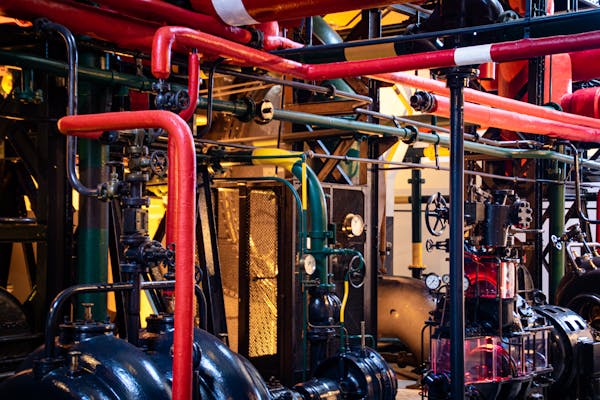Low-Cost Material That Can Be Used In Several Different Applications For Aerospace Insulation
Aerospace materials must meet extremely high standards to provide safety for passengers and crew members, maintain structural integrity, minimize energy consumption, and prevent the spread of fire. Manufacturers of aerospace insulation materials offer products designed to meet these requirements, including thermal and acoustic insulation in thin, lightweight forms that save space while providing the necessary performance.
Insulation used for aircraft fuselages and bulkheads must protect sensitive components from wide temperature fluctuations that can occur during re-entry, decompression, or expansion chamber operations. Insulation may also be needed to shield air ducts and tubing, or for the interior paneling of aircraft fuselages.
Mica is a versatile, low-cost material that can be used in several different applications for Aerospace Insulation Materials. Its abrasion and corrosion resistance, along with its excellent thermal and electrical properties, make it an ideal choice for aerospace materials. In addition, mica has very low thermal conductivity, meaning it is an incredibly efficient insulator that can be used in many different environments and temperatures.
Among the many types of foams that are available for use in aircraft insulation, POLYDAMP(r) hydrophobic melamine is a popular choice because it is easy to cut and work with, especially when compared to fiberglass. Its natural resistance to settling means it can be compression-fitted within frames and over stringers without losing its thickness, which helps to reduce installation costs and improve the overall performance of the insulation system. It can also be combined with films and composites such as high-mass fabrics to further reduce noise transmission.
In the area of electrical insulation, PARYLEN(r) parylene coatings are used to protect sensitive electronics and electrical wiring. The waterproof, dielectric coatings are abrasion and corrosion resistant. They are also capable of handling high temperature and vibration. PARYLEN(r) coatings are ideally suited for aerospace and aviation applications because they can be applied to many different materials, including plastic and metal.
Insulators that prevent fluids from igniting on hot engine and exhaust parts are essential in the operation of most types of aircraft. These insulators are designed to resist temperatures up to 2300 degrees F and can be used in a variety of applications. Manufacturers of standard and custom aerospace insulation produce these insulators in the form of blankets, mats, and papers.
The high-temperature, low-density thermal and acoustic insulation used in commercial aircraft ensure that passengers remain comfortable during flights by protecting them from excessive heat or noise. In order to comply with FAA regulations, virtually all airplanes must include these insulators, which are often made from a combination of materials such as cellulose and acoustic fiberglass, or polyurethane and melamine foams. Manufacturers of this type of insulation produce these products in a variety of shapes and sizes to accommodate the unique needs of various aircraft. These insulators may be found in the cockpit, cargo hold, and passenger cabins, or in other areas of the aircraft, such as on and around engines and jet motors. They can also be used in the heating and ventilation systems of aircraft.

